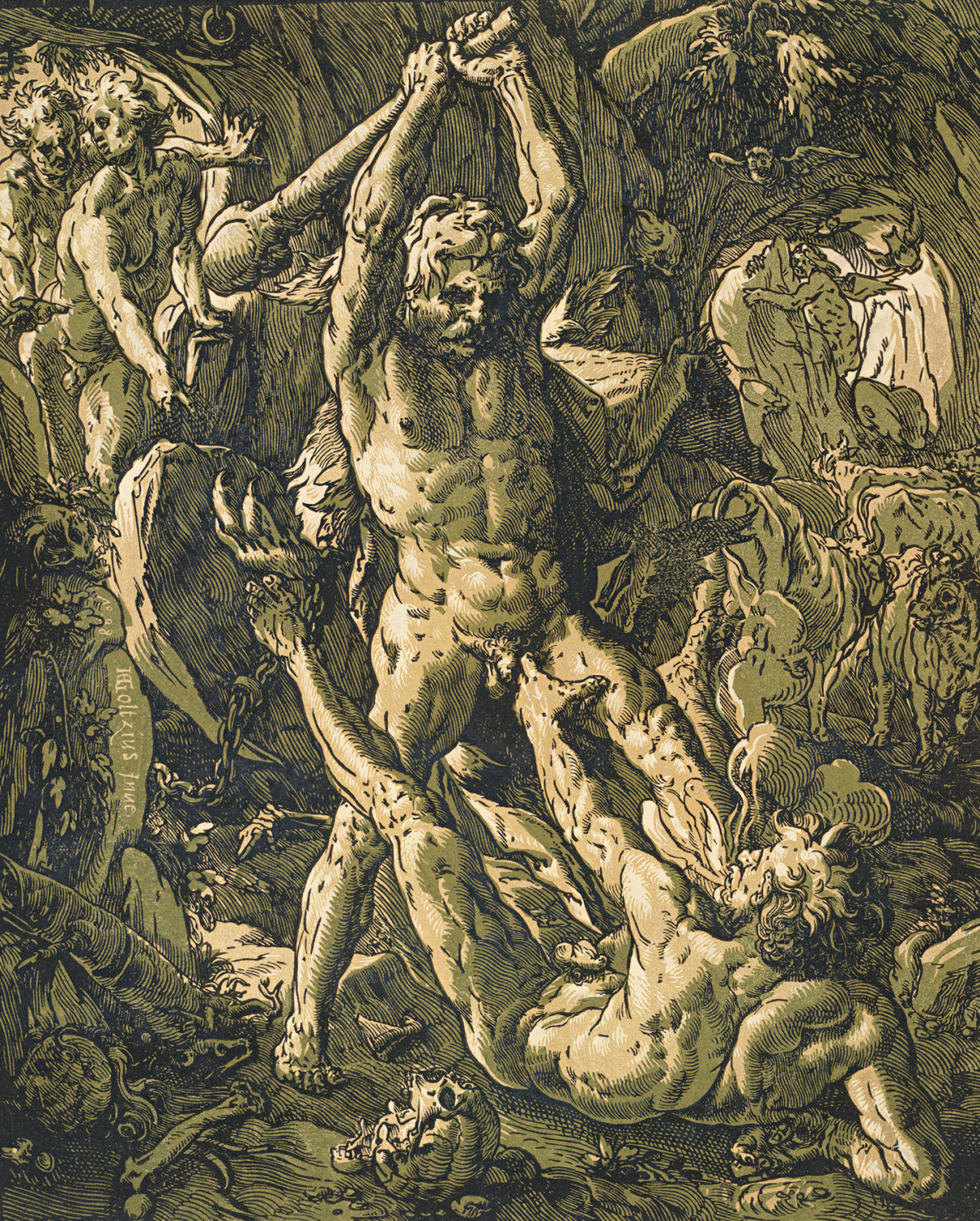 |
| Picture: Amazon |
Renaissance Impressions: Chiaroscuro woodcuts from the collections of George Baselitz and the Albertina, Vienna Royal Academy to June 8
This is the show to see in London. It doesn't compare to Veronese for the brilliance of the art on display, but whereas Veronese brings together mostly familiar masterpieces that are always on public view, this shows unfamiliar works that are rarely seen alone, let alone in context. There are no knock-out masterpieces, and some are of little artistic merit. But it's a rare and wonderful opportunity to see a fascinating aspect of mannerist art.
Printing used to be a linear medium; shading was accomplished with hatched lines. But in the sixteenth century German artists developed a chiaroscuro technique, using separate woodblocks for line and tone to create colour and shade. The earliest are among the best including an outstanding Burgkmair portrait and a striking Head of Christ Crowned with Thorns by Beham. There's also an impression of Dürer's famous Rhinoceros that was posthumously turned into a chiaroscuro print by adding a tone block.
Some of the later prints are rather crude, but Beccafumi, Ugo da Carpi and Goltzius developed chiaroscuro prints to a high artistic level. I loved Beccafumi's tiny Group of Men and Women and Ugo da Carpi's masterful Diogenes. There are three versions of Diogenes on display, showing how much variation can be achieved with different colours. It's worth going just to see these three prints alongside each other.
 |
| Picture: RA |
The final section shows northern mannerism, including two impressions of Goltzius's magnificent Hercules Killing Cacus (above), both from the Baselitz collection, and some lovely landscapes.
Lots of chiaroscuro prints were copies of famous works by artists including Raphael, Parmigianino and Mantegna, making them fascinating documents in the diffusion of renaissance images as well as works of art in their own right. The copies of mannerist sculptures are particularly interesting. There are prints by Andrea Andreani after Giambologna's Rape of a Sabine Woman, which he then incorporates into a larger print of Rape of the Sabine Women. I don't care for many of the copies as works of art, but they are still enormously interesting. They show how the great artistic leaps made by artists like Raphael were actually experienced by the majority of people who couldn't travel to see the originals.
The exhibition is a funny hybrid that shows off a single private collection, but augments it with loans from one of the world's greatest print collections to provide more context on chiaroscuro prints. I think it works, although I don't know enough to judge any gaps. I thought Baseltiz's prints would be rather eclipsed by the Albertina's, but they hold their own. The supplementary loans complement Baselitz's collection, and I left impressed by the coherence and quality of the Baselitz collection, and impressed by the comprehensive overview of the chiaroscuro print.
Unfortunately Royal Academy catalogues are becoming a joke; they're just picture books padded out with wall text and a few short articles. It's an opportunity to fleece mugs like me who feel they have to have a permanent record of the exhibition, which leaves a bitter taste. That's a shame, because it's such a good show. I can't say that I love chiaroscuro woodcuts, but they are a fascinating aspect of mannerism and it's a great tribute to the RA that I loved the exhibition despite not greatly liking, or even admiring, many of the exhibits. Do go along if you can. It might not be the most spectacular show, but the old cliché about a 'once in a lifetime' opportunity may actually apply here. Big names get shown over and over again. It's the dusty corners of art history that continue to be neglected.
lol. I think the smartphone app called ArtGuru was created for your kind. Coz it has an advanced artificial intelligence which could learn your taste in art.
ReplyDelete